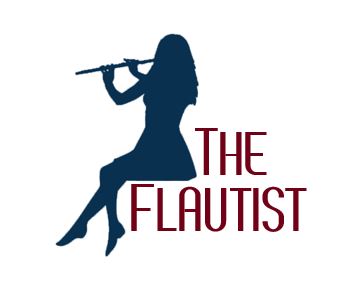The Baroque period of performance can be quite challenging for a Boehm system player. Our flute offers so much beauty tone wise but can make things more difficult for us ornamentation wise.
I have wanted to do a blog on performance in Baroque music for a long time, so finally its here. Hopefully it will take some of the mystique out of playing Baroque music for players, as it can be quite overwhelming for the Boehm system player as what to do.
We are trained so often in rules and stylistic parameters. This is right and this is wrong. I think we forget that Baroque music was written to be danced to. Remembering that ,then the flow and movement of the body plays such an important part in how we express ourselves and interpret the music.
So often we see, Presto and Allegro tempo markings and off we go as fast we can, often to the point of madness. I can only imagine the visuals of someone dancing to these tempos. I think there would be many visits to the emergency department, splints and bandages needed.
This interview with Dr Stephen Preston is pure magic and I think answers so many questions for us. The first time I came across Stephen was at Wildacres, a fabulous summer masterclass that happens yearly in North Carolina, USA. I had actually gone to catch up with Wibb again and to tell you the truth Baroque flute doesn’t really do too much for me but I decided to pop into his classes and see what he had to say and he had my full attention for the whole time I was there.
This is a really lovely video of Baroque dancing and gives such a wonderful feel of what I am talking about . It is so helpful to watch this dancing as it really brings home the importance of flow and body movement to tempo and phrasing. The flute player in the Menuet is awesome, probably one of the rare times I have actually liked the tone of the Baroque flute.
Stephen Preston -Fabulous J.S.Bach C Major Sonata . Andante has it all. If you want to hear someone that can do inegale, it is him.
Listen to the Allegro , he talks about this in his interview about not making notes equal. I think one can just dream about this kind of sophistication and control, something to strive for I would say.
How to see the Adagio as a dance and still let be expressive and flow. Last note is something to behold. Another example of inegale in Menuett 11.
Locatelli , a beautiful example of Stephen’s finesse, subtlety and musicality.
Baroque dance class at Wildacres with Stephen. Not as easy as it sounds to loosen up and do these dances, go with the flow and express yourself. So invaluable for performance flute.
A few quotes from the interview that I have on my music stand to think about daily.
“Rhythm is not metronomic; it is about flow”
“It is always about the music and feelings”
“We are talking about music, we don’t actually play music by rules, not real music.”
“Dance is useful for understanding that music moves”
“Rests are not simply places of rests but have rhythm”
“Breathing, is about how we flow in and out of a breath”
“The expressive value of what we do is lost too early in the technical value of of what we can achieve”
“If WE don’t feel it, why should anyone else?”
“The body is so important in music, music moves, it is not dimensionless”
“Rules – not so much a code as guidelines”
“If I ornament something it’s got to be better”
“How can tempo be separate from expression, something we feel”
For anyone wanting to find their voice musically and find out more about Baroque performance and its relationship to the Boehm flute or Baroque flute for that matter. Stephen is full of the most wonderful musicality, extremely warm, inspirational and approachable. He can be contacted for zoom lessons.
